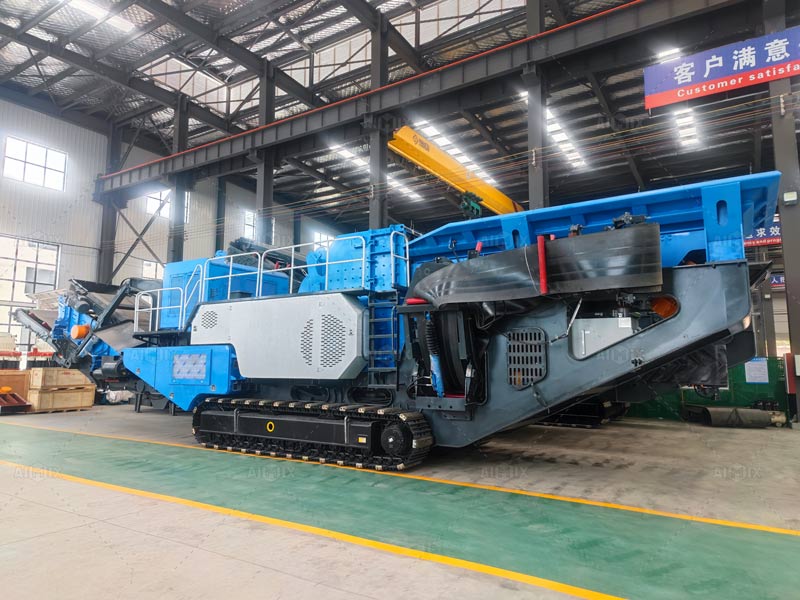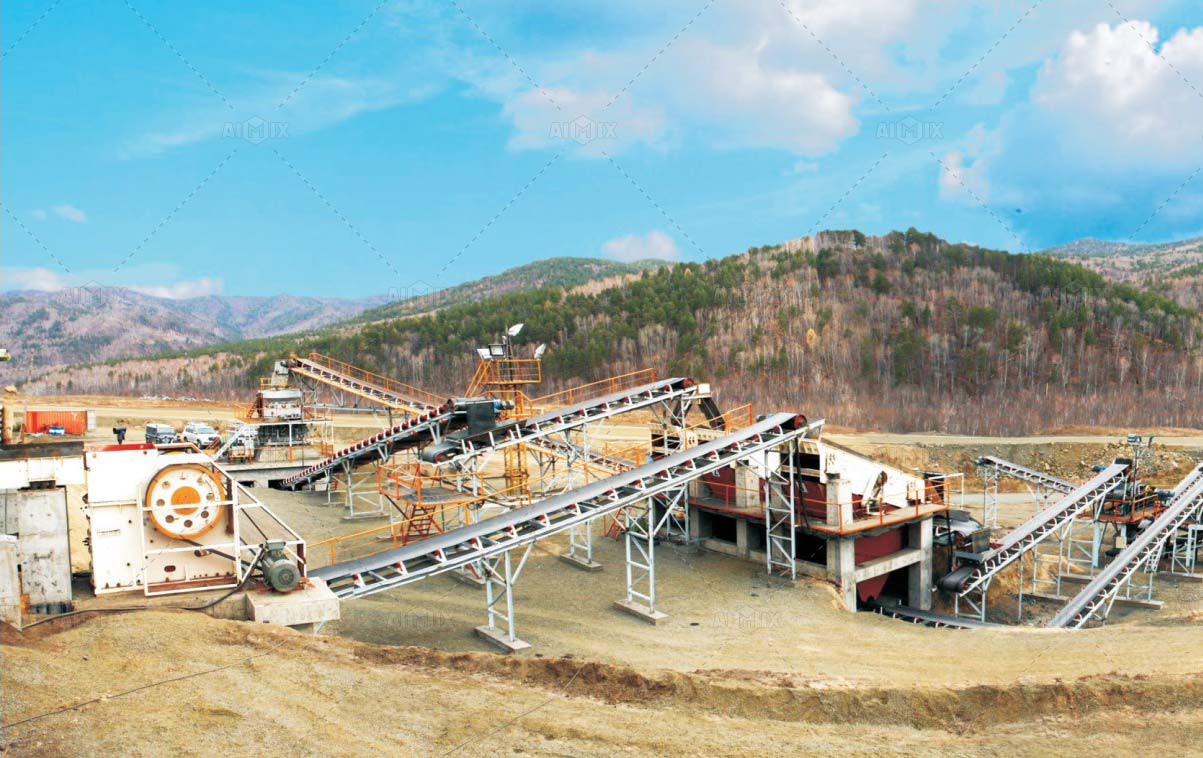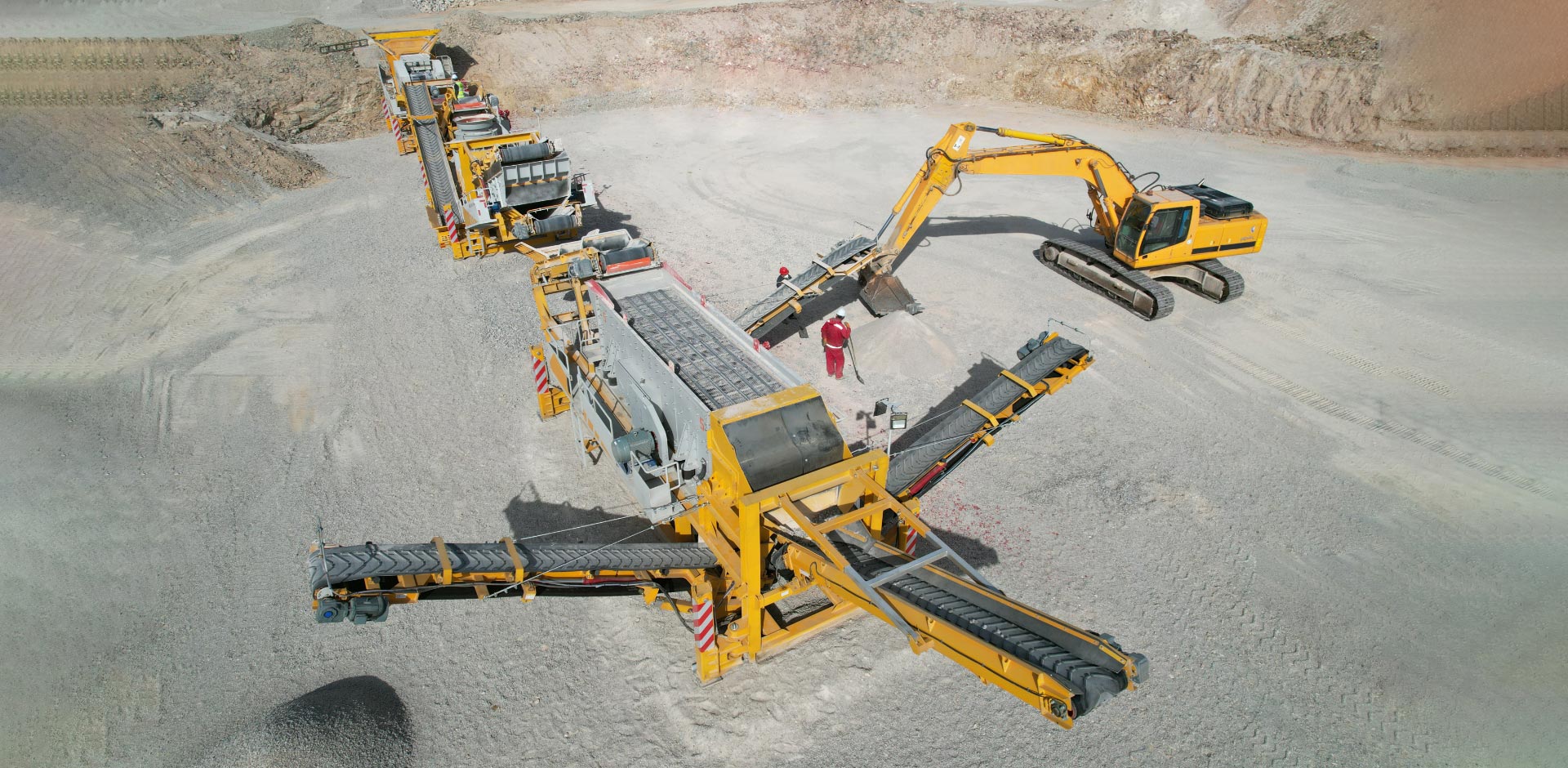Stone crusher plants play a pivotal role in various industries, contributing significantly to the construction and infrastructure development. These stone crusher plants are versatile and essential, serving a multitude of purposes. In this article, we’ll delve into the intricacies of these plants, exploring what they are used for and their importance in modern construction.
Understanding Stone Crusher Plants
A stone crusher plant, also known as a crushing plant, is a facility designed to crush rocks and stones into smaller, more manageable sizes. These plants employ various mechanisms and equipment to achieve this task efficiently. The primary purpose of a stone crusher plant(plano de planta trituradora de piedra) is to transform large stones into aggregates of different sizes, suitable for various construction applications.

Key Functions of Stone Crusher Plants
1. Aggregate Production
One of the primary functions of a stone crusher plant is to produce aggregates. Aggregates are essential building materials used in constructing roads, bridges, buildings, and other infrastructure projects. These plants break down large rocks into smaller pieces, creating different sizes of aggregates such as gravel, sand, granite(trituradora de granitos), and crushed stone.
2. Road Construction
Stone crusher plants are indispensable in road construction projects. The aggregates produced by these plants serve as the foundation and surface material for roads, ensuring durability and stability. Properly constructed roads enhance transportation networks and promote economic growth.
3. Building Construction
In the construction of buildings, stone crusher plants are utilized to produce crushed stone and sand. These materials are vital for various construction components, including concrete, asphalt, and mortar. They provide the strength and stability required for the structural integrity of buildings.
4. Landscaping
Stone crusher plants are not limited to large-scale construction projects; they are also employed in landscaping and horticulture. These plants can produce decorative aggregates used in gardens, parks, and recreational areas. The crushed stone adds aesthetic value and functionality to outdoor spaces.
5. Railway Ballast
Railway tracks rely on stone crusher plants for the production of railway ballast. Ballast is the crushed stone laid beneath and around railway tracks, providing stability and ensuring the safe passage of trains. It is crucial for maintaining the integrity of the rail system.
Click this link here now for more info: https://aimixtrituradora.com/trituradora-de-piedra-de-rio/

The Components of a Stone Crusher Plant
A typical stone crushing plant comprises several key components, including:
– Primary Crusher
The primary crusher is responsible for the initial reduction of large rocks into smaller pieces. It plays a pivotal role in the first stage of the crushing process.
– Secondary Crushers
Secondary crushers further refine the crushed material, producing the desired size and shape of aggregates.
– Conveyors
Conveyors transport the crushed materials from one part of the plant to another, ensuring a smooth flow of production.
– Vibrating Screens
Vibrating screens separate aggregates into different sizes, allowing for precise sorting and grading.
– Control System
Modern stone crusher plants of AIMIX Group(AIMIX Grupo) are equipped with advanced control systems that monitor and regulate the entire crushing process, optimizing efficiency and ensuring safety.
Conclusion
In summary, stone crusher plants are versatile and indispensable in various industries. They are instrumental in aggregate production, road and building construction, landscaping, and railway ballast production. These plants consist of several key components that work together to efficiently crush and process rocks and stones. As the demand for construction materials continues to grow, stone crusher plants will remain a cornerstone of the construction and infrastructure development industry.

